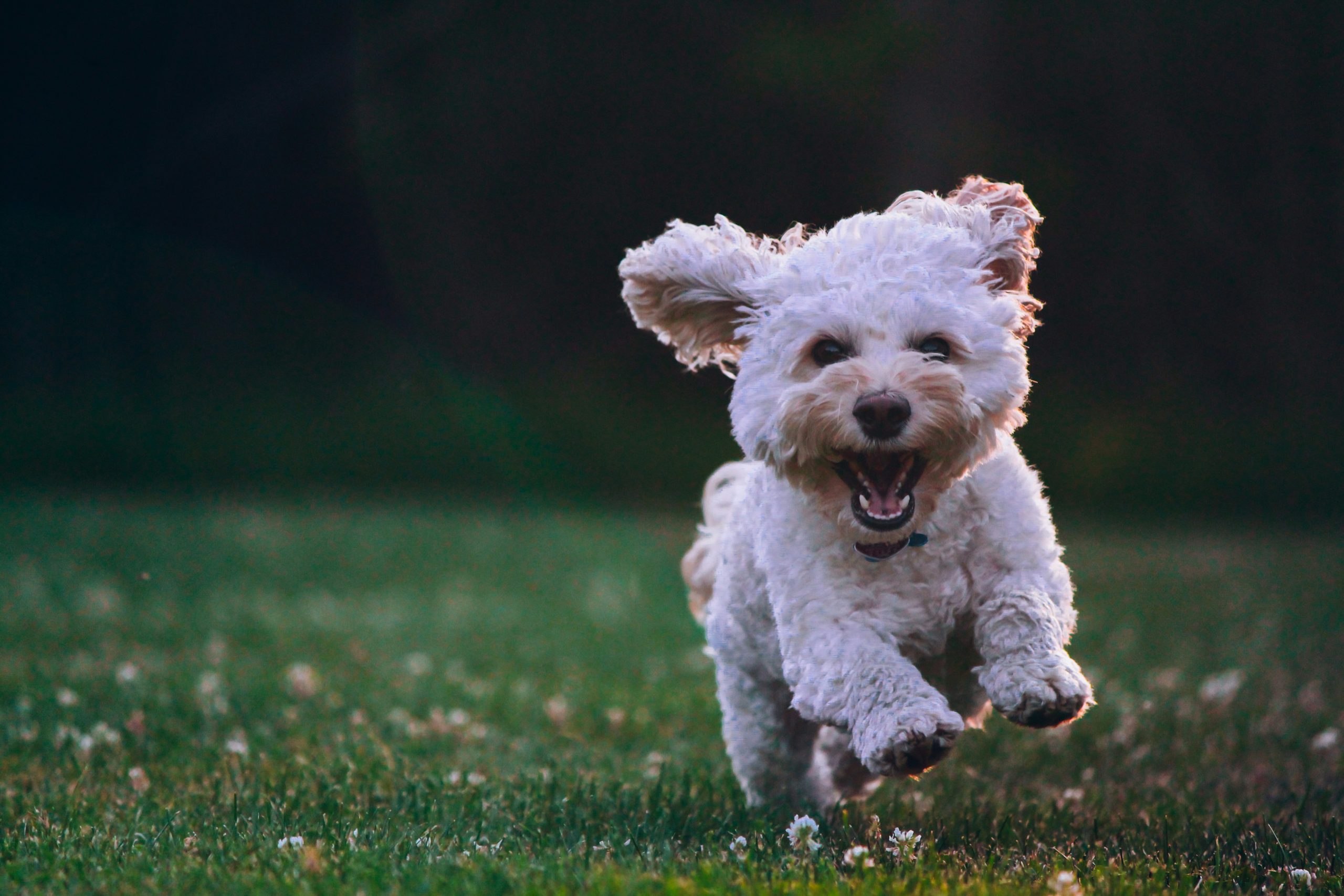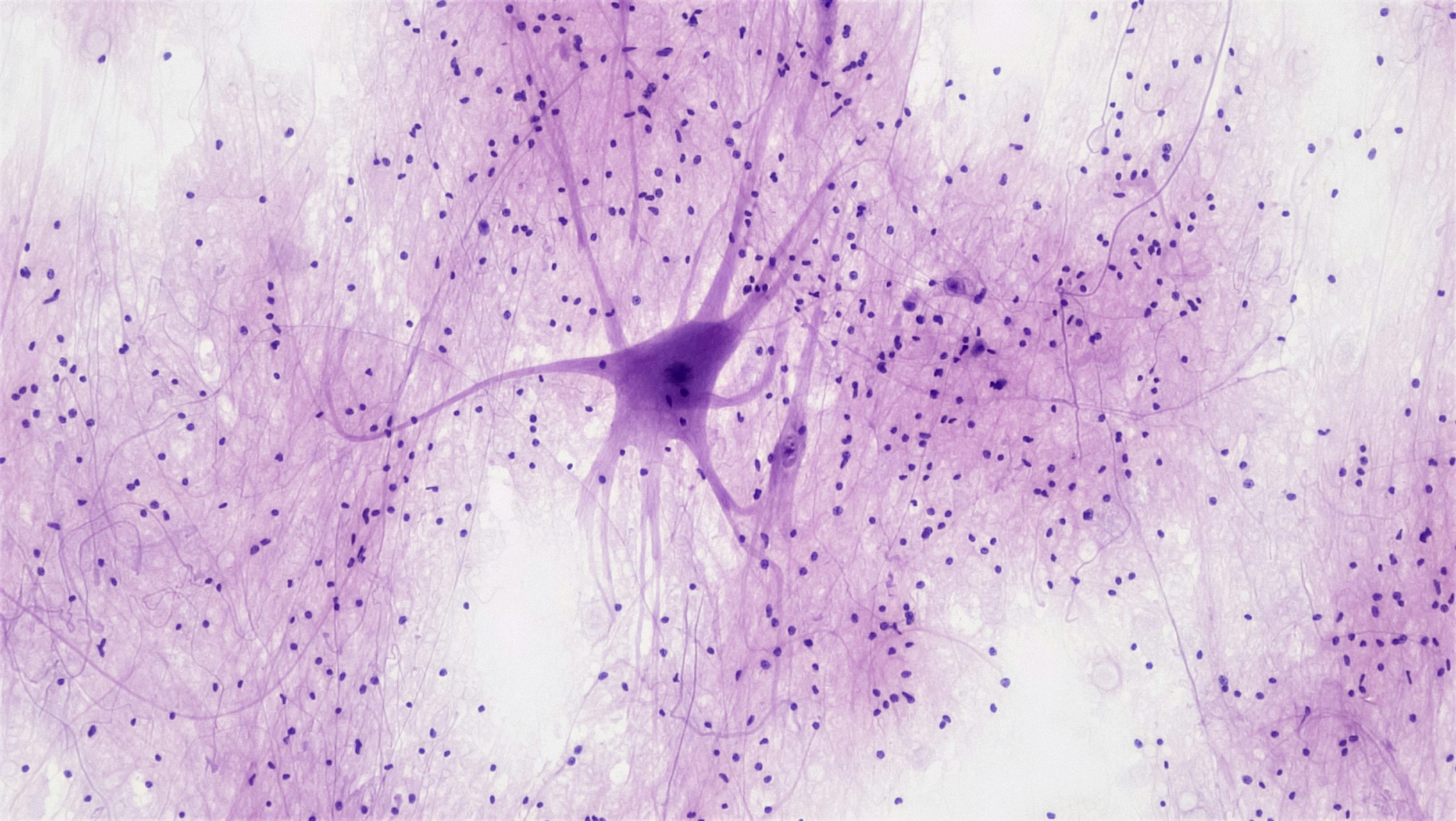by Sophia Leipnitz, Year 12, Nonsuch High School for Girls, Surrey.
One way in which science impacts my everyday life is the use of mirrors—which we can spend hours a day in front of. In fact, a study conducted in 2016 found that Italians spend the most time in front of a mirror per day. Mirrors serve many functions for us: letting us see ourselves when we put on makeup, wash our faces, try on clothes and more. This is also true for much of the animal kingdom; as peacocks, apes and elephants like to admire their own reflection too.
When I brush my teeth, I can see exactly where I need to reach. But how does science enable me to do this? I turn on the bathroom light and the room has instantaneously lit up, including me. Light is an electromagnetic wave, moving at approximately 3×10^8 ms^-1. When it hits the mirror boundary, it reflects off its surface. The angle at which the light hits the mirror (relative to a normal, perpendicular to the mirror’s surface), is called the angle of incidence, which is equal to the angle of reflection (the angle that the light is reflected at).
Mirrors have a glass layer then a layer of silver or aluminium. It is the metal atoms that absorb the light, and by doing so, electrons in their atoms become excited. This means that the electrons have gained energy and ‘jump’ to a higher energy level. However, the atoms must stay stable, so the electrons de-excite and return to their original lower energy level. When they do this, some energy is emitted in the form of light. This light travels in a straight line—directly into my eyes. Now, I can see that I still have food in my mouth, and I get rid of it. Thanks science.
I sometimes pluck my eyebrows with a mirror that has a magnifying effect on the reflected image, to allow me to properly view my face. Most household mirrors are flat (plane), but this mirror is different because it is concave and bulges inwards. It focuses all the light beams onto one central focal point, and this concentration of light enlarges the image. Some dentist’s mirrors are also concave, to magnify the image of the back of their patient’s teeth.
Another way in which mirrors impact my everyday life is by increasing road safety. The bus I take to school has two big side mirrors so that the driver can see behind when needed. Cars generally have two side mirrors and a rear-view mirror, and collectively, they help to prevent road accidents. The side mirror on a car is usually convex, which means it curves outwards. As a result, the mirror distorts the image to appear smaller than its real size. Convex mirrors are preferred as they give a wider field of view for the driver.
But why can’t a driver see a reflection by looking elsewhere, like the inside of the car? It is because mirrors have a (microscopically) smooth surface, which contribute to specular reflection. Specular reflection means all the light is reflected in one direction, and the image is clear. This is the opposite of diffuse reflection, reflecting off imperfections in rough surfaces such as fabric.
Mirrors also serve purpose in cameras, specifically digital single-lens reflex (DSLR) cameras. DSLR cameras use mirrors to reflect light from the lens to the viewfinder. Mirrored surfaces are used in architecture and sculpture too—such as the Cloud Gate in Chicago. Someone should take a photo of it using a DSLR camera; that would really prove a mirror’s utility.
Overall, mirrors have had a crucial impact on humanity and everyday life—except from increasing our vanity, of course—from medical equipment to vehicles. Perhaps most unconventionally, according to experts, the number one item that is most essential for survival on a deserted island is… (you’ve guessed it) a mirror. Mirrors can reflect sunlight for long distance signaling (up to tens of miles) to overhead aircraft. Probably the most common use – looking into a mirror, can reveal something about ourselves psychologically, but ultimately show us a reflection of ourselves.





